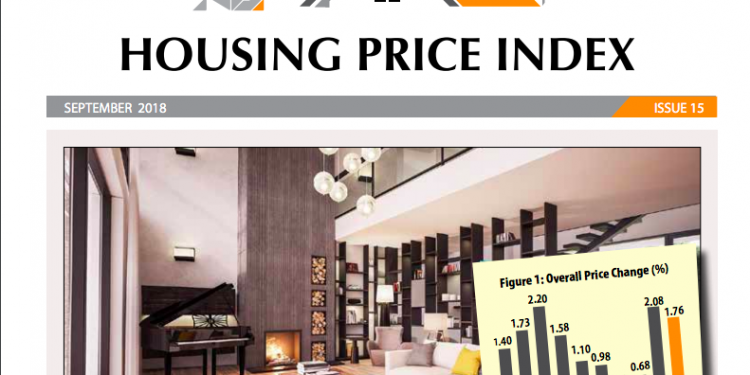House prices failed to sustain the 2.08 per cent pace of market recovery experienced in the first quarter of 2018 despite recording an overall 1.76 per cent increase during the second quarter. This is according to the latest Kenya Bankers Association Housing Price Index (KBA-HPI), which also shows that the cost of acquiring a home stabilised for the first time in the period under review since the first substantial rise in the first quarter of 2018.
Notably, the recovery recorded in the first half of 2018 came in the wake of strained market conditions that adversely influenced the rate of price growth for five consecutive quarters from the fourth quarter of 2016. The trend was attributed to various factors among them shrinking private sector credit growth, and market anxiety and political instability that preceded the 2017 General Elections.
Despite the renewed price stability, the KBA-HPI indicates that the increase should be considered in the context of being a reprieve because the rise could be associated with transactions from previous quarters that were put on hold due to market anxiety and lower lending risk appetite following the enactment of the Banking (Amendment) Act 2016. The conditions could have influenced potential buyers’ decisions to withhold home ownership investments, according to the report.
“We, therefore, maintain the caution that two quarters are not enough to conclude the trend will hold in subsequent quarters. Subsequent quarters of 2018 will be critical in arriving at a solid conclusion that the market has stabilised,’’ said KBA Research and Policy Director Mr Jared Osoro.
Although price drivers remained the same as in the previous quarter, prices in the period under review were largely driven by house size, the number of bathrooms, presence of balcony, backyard and master ensuite, with the presence of a separate dining area and swimming pool being significant drivers.
Out of the three types of the houses surveyed, apartments, bungalows and maisonettes commanded a fairly equal market share, with apartments commanding about 38 per cent of the market compared to 33 percent and 29 per cent for bungalows and maisonettes, respectively.




